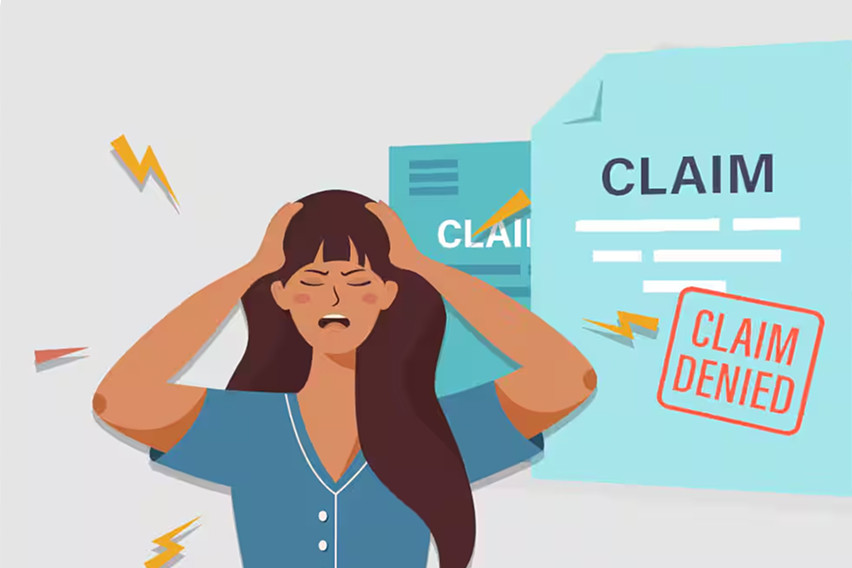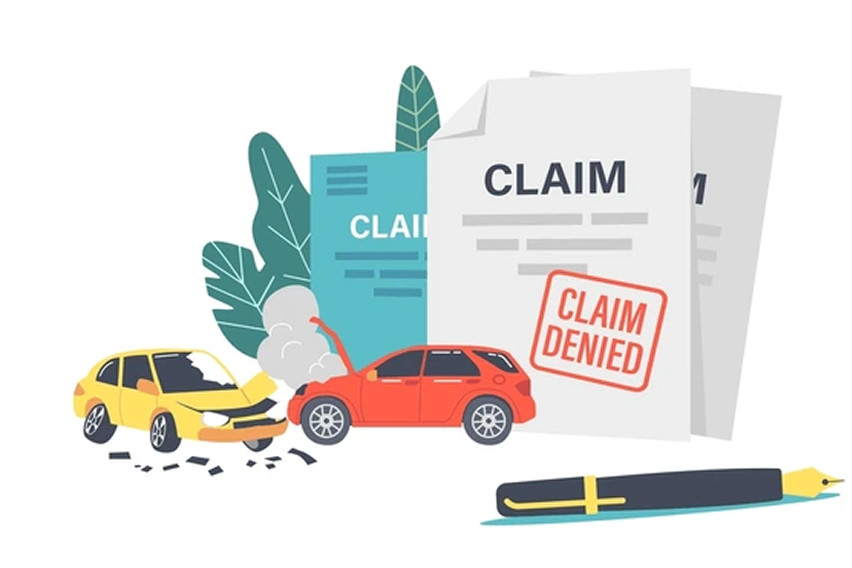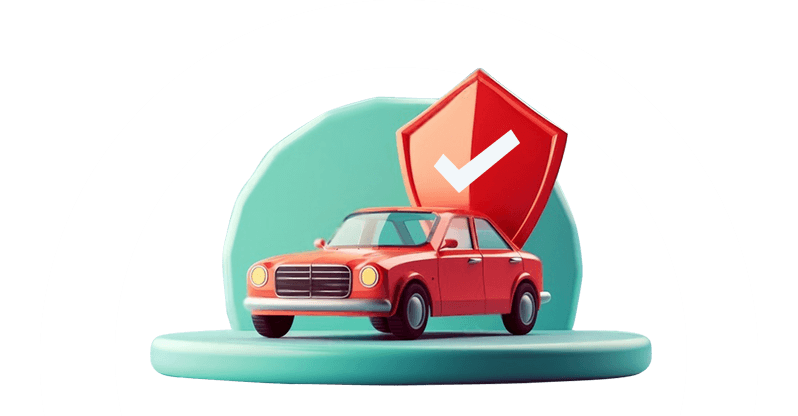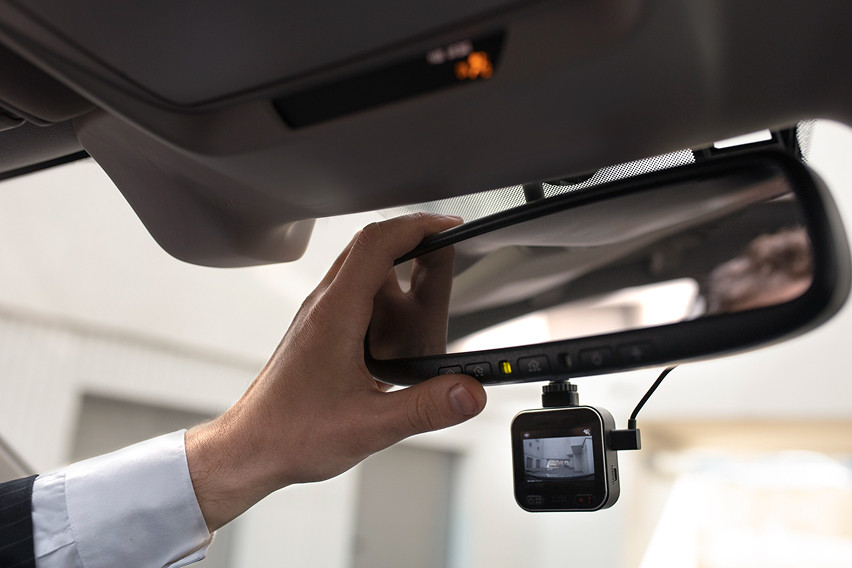
As a responsible citizen and driver, every Filipino is required to obtain motor vehicle insurance in addition to receiving a driver’s license. While you must visit the LTO for licensing and registration needs, what’s challenging is finding a good insurance provider with an optimal policy that fits both your budget and needs. Is that all?
Sadly, no. Even after doing so much, the hurdles keep popping up; one of the most common being the denial of an insurance claim. Yes, due to some shortcomings or faults at your end, the policy on which you were relying and driving around with peace of mind might be of no use, and you would have to bear every cost on your own.
Dishearing, isn’t it? But don’t worry, while such rejections can be challenged (at the IC and even legally), it’s better to make the claim application rejection-proof. There are certain things that, if done correctly, increase your chances of approval and leave you worry-free.
In this article, we’ll be discussing ways to avoid claim rejections, so make sure to read it thoroughly. However, first, let’s begin with an overview of car insurance in the Philippines for first-time insurance buyers.
Car insurance in the Philippines - The basics
We’ll be direct here; no long statements, no twisted words - just a few essential points to clarify the car insurance concept.
- Car insurance is broadly categorised as Compulsory Third Party Liability (CTPL) & comprehensive.
- CTPL is a must in the Philippines; you can not drive without a policy, and it is a prerequisite for vehicle registration at the LTO.
- CTPL insurance is affordable and offers coverage against third-party injury/death; it provides no protection for the policyholder or insured vehicle.
- Comprehensive insurance is optional, but highly recommended for Filipino motor vehicle owners. It offers enhanced coverage to policyholders against damage to the vehicle, theft, Acts of God, fire, flood, and other similar events.
- Still need more coverage? Not an issue, as insurance providers offer add-ons for specific coverage at an extra premium.
- Note that it is essential to read the policy fine print thoroughly to gain a clear understanding of coverage limits, exclusions, and deductibles.
Also Read: Looking to cut insurance costs in 2025? Consider buying one of these cars
Claim rejection: What is it & why does it happen
What is an insurance claim rejection?
It is an event wherein the insurance provider denies the policyholder’s request for coverage of repair and other service expenses after an accident or other unfortunate event.
Claim rejection is a regrettable event, as it spares you from getting the financial event that you were counting upon. Imagine the stress of an accident, repair expenses, all falling on your shoulders with no support from the provider you were paying a premium to for protection - devastating, isn’t it?
What are the reasons for claim rejection?
In the Philippines, car insurance claims are most commonly rejected due to one of the following reasons -
- Claim form submitted late, incomplete, or without proper documentation.
- Violating insurance policy terms & conditions.
- Giving out false information to the provider.
- Being involved in illegal acts like drinking & driving, using a vehicle for commercial purposes, etc.
Lesson: Insurance providers are pretty strict when it comes to claim assessment. Each detail, piece of information, and document is thoroughly scanned for fraudulent and improper activities, as such claims cost money and affect other policyholders. Therefore, ensure that you provide accurate, honest, and timely information at every step of the claim process.
 Photo from iStock
Photo from iStockReading the policy fine print & claim rejection
Is it necessary to read the insurance policy? Isn’t it too lengthy with complicated terminology?
Yes, a policy document can be challenging to follow, but with the proper knowledge and by asking the right questions, you can grasp all the information it contains.
Like many Filipinos, if you, too, are not reading the fine print, then here’s what you’ll be missing out on essential details like -
- What is covered under your policy
- What is not covered under your policy
- What is the claim process and document requirement
- Time frame for claim filing
- Policy exclusions
Having all this information is extremely important to file the claim on time and ensure it gets approved.
Pro tip: Do not shy away from asking your insurance agent to explain terms, clauses, exclusions, etc., in plain, simple language.
Also Read: What happens when you stop paying for car insurance
Top reasons for insurance claim denial
Now, it’s time to discuss the most common insurance claim denials in the Philippines, along with the ways to avoid them.
| Reason | How to avoid |
| Incomplete or missing documents/information | While submitting your claim application, make sure to submit the following documents - police report, photos of the damage and incident location, vehicle OR/CR, and affidavits. |
| Late reporting of the incident to the insurer | Don’t wait for long before reporting the incident to the insurer and filing the claim. Most insurers require policyholders to report the accident within 24 to 72 hours. |
| Unreported vehicle modification | If you have modified your car's exterior, interior upholstery, or made performance enhancements. Please notify your insurer as soon as possible, or your policy will be void. |
| Policy lapsed or expired | Ensure that you renew your policy on time; otherwise, your insurance plan will expire, potentially leading to claim denial. An easy way to avoid missing the premium payment is to set a reminder. |
Real-life example of policy claim denial -
Case 1: Submission of claim application without police report
Liza’s car was damaged in a car accident, but she remained calm, knowing that her insurance policy (CTPL + Comprehensive) would cover all related expenses. However, her claim was denied because she didn’t report the incident to the police, and therefore, there was no police report.
Case 2: Insured vehicle driven by an unauthorised person
Carlos' friend borrowed his car for a weekend getaway, and while returning to the town, the car was hit by another motor vehicle. Carlos filed for an insurance claim, but it got denied based on ‘unauthorised driver’ as his friend was not listed as an authorised driver in the policy.
This is to give you an idea of how small things, such as not obtaining a police report, can cost you big time. Therefore, ensure that you document everything and adhere to all the rules set by the insurer.
 Photo from Shutterstock
Photo from ShutterstockTips to avoid claim rejection
- Keep your insurance policy active, and make premium payments on time.
- Declare all modifications, no matter how small it is.
- Duly accomplish the claim form, with all documents and correct & truthful information.
- Avoid giving your car to unauthorised drivers.
- Read the policy thoroughly, know all the inclusions and exclusions.
- Double-check everything, even a small mistake or error can lead to claim denial.
Here, we’d like to discuss the importance of accurate information. Whenever you apply for a claim, remember never to hide any modification, lie about your claim history, or underreport your car’s value. Please note that your information is verified multiple times before a claim is approved. If inconsistencies are found, your policy may be void.
What to do after a claim rejection
If your insurance claim gets denied, you can do the following -
Step 1: Ask the insurer for a written explanation about the claim denial.
Step 2: Review your policy, check if the denial is justified.
Step 3: If you feel the denial is unnecessary, appeal the insurer’s decision along with supporting documents.
Step 4: If step 3 doesn’t work, take the matter to the Insurance Commission.
Remember, if you feel the denial was unjustified, don’t lose hope; fight for it. Sometimes, rejections can be converted into approval with proper evidence and follow-up.
Claim denial and insurance provider
It is crucial to choose the right insurance provider in the first place, as it has a significant role to play in your claim application outcome. Therefore, while picking an insurance provider, make sure to check the following boxes -
- Reputation, read online reviews
- Claim approval rate
- Claim processing speed
- Customer support and ease of communication
Some of the well-known names in the auto insurance market include AXA, Prudential Guarantee, Malayan, Oona, and Standard Insurance.
Conclusion
Obtaining an insurance policy is one thing, and reaping its benefits is another. Many Filipinos face the issue of insurance claim denial, which hits them twice in the pocket - once via the premium and again via repair & medical bills after an accident or collision. Therefore, it is essential to ensure that you leave no stone unturned in assuring that your claim application is approved and the settlement amount saves you from unexpected financial burden.
Here, we request that you act quickly, be honest, and stay informed. To elaborate, it is essential to file the claim within 24 to 72 hours of the incident, along with disclosing the complete truth to the provider (regarding the incident, previous claims, etc.), and understanding what documents are required. Additionally, be sure to read the policy fine print thoroughly (ask questions in case of doubt) and understand what is included (and what’s not). Document everything (take pictures and consult with witnesses), and follow the proper claim-filing steps.
Lastly, make sure to partner with an IC-certified insurer, drive confidently, and always be prepared.
Also Read: Never miss a payment: Most convenient ways to pay for car insurance in the Philippines
FAQs
Q1. What is one of the most common reasons for insurance claim rejection in the Philippines?
Ans. Incomplete or missing documents are one of the most common reasons for car insurance claim rejection. For example, applicants who do not provide a police report or a notarised affidavit to the insurance provider/agent when filing the claim. Another primary reason is the late filing of the claim.
Q2. Is a police report required for every accidental claim?
Ans. Yes, especially if the accident involves injuries or damage above a certain amount. Note that a police report is required by the provider for official record and claim processing purposes.
Q3. Can I file a claim if an unauthorised driver drove the car?
Ans. There is a high chance that the car insurance claim will be rejected if an unauthorised or unlicensed driver drives the vehicle. Ensure that you list all potential drivers on your car insurance policy.
Q4. Is it possible to appeal a rejected insurance claim?
Ans. Yes, why not? You can start by filing a formal appeal with the insurer, along with requesting a written explanation. If you are not satisfied, you can approach the Insurance Commission.
Q5. Does car insurance cover car wear and tear?
Ans. No, car wear and tear are not covered by the insurance policy. Note that insurance offers coverage against sudden, unexpected accidents/collisions and not the gradual deterioration of the vehicle.
Q6. How long should an applicant wait before filing a claim with the provider?
Ans. An insurance claim must be filed as soon as possible after the accident. Most insurance companies require you to do so within 24 to 72 hours. Note that late claim filing may result in rejection of the claim.
Q7. What are the consequences of making a mistake in the claim application form?
Ans. If it is an honest mistake, you can approach the insurer immediately. However, if it is an intentional one, such as hiding facts about the incident or your claim history, it could lead to the policy being denied and potentially cancelled.
Q8. The accident was my fault. Can I still file a claim?
Ans. Yes, you can. Comprehensive insurance covers both at-fault and no-fault damages. CTPL, on the other hand, will offer coverage against third-party injury or death.
Q9. Is it necessary to notify the insurer about recent vehicle modifications?
Ans. Yes, this is because insurers calculate risk and therefore premium based on the vehicle's specs. A modification can significantly alter certain aspects, and consequently, if unreported, it can lead to claim denial.
Q10. Is there a way to ensure the genuineness of an insurance provider in the Philippines?
Ans. One of the simplest ways to do so is by checking the provider’s Insurance Commission certification.
Also Read: Does the type of car you drive affect insurance cost? - Let’s find out







